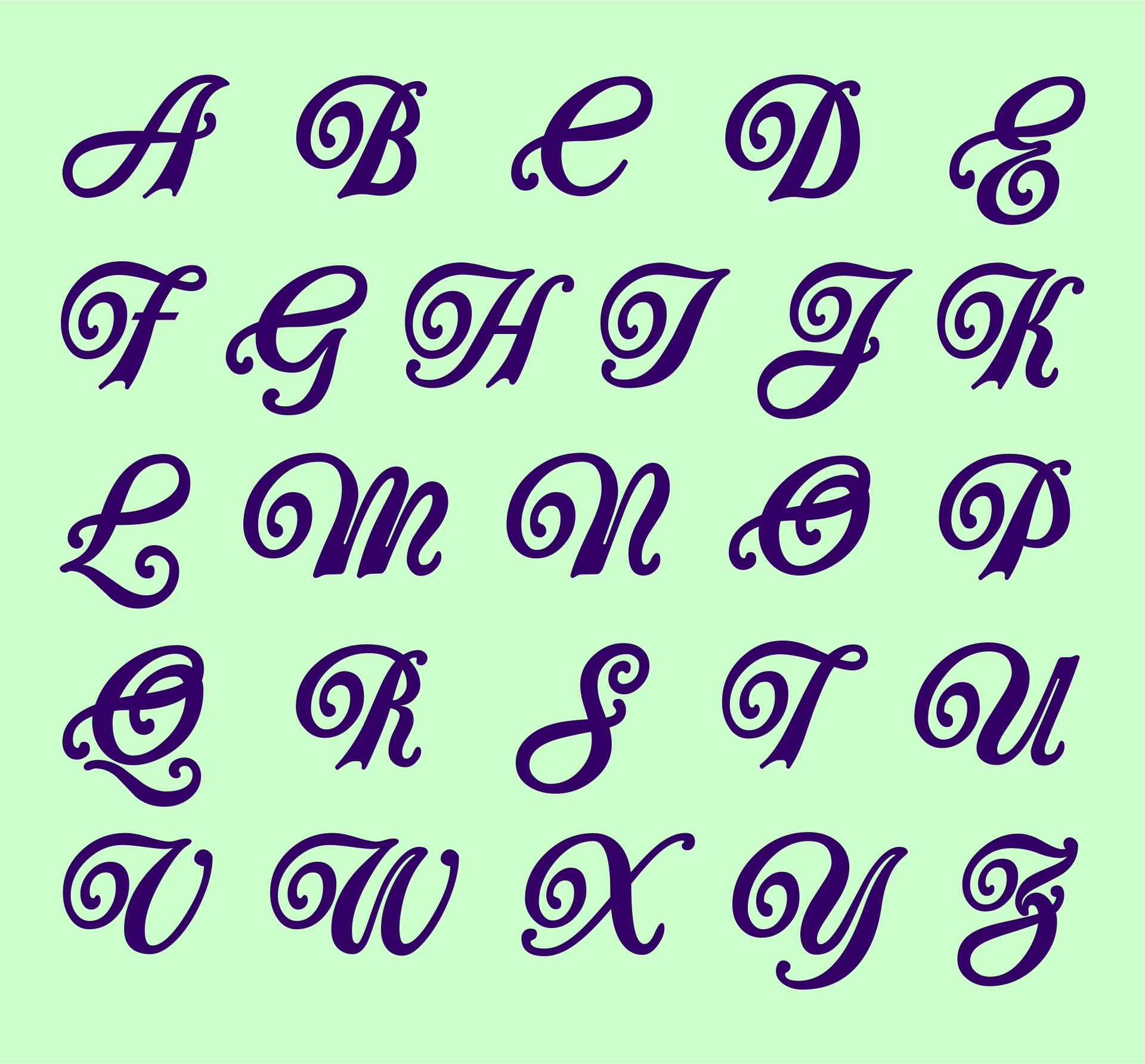
However, don’t stress yourself too much trying to find the ideal ratios between X-height and Cap Height, as that largely depends on your best judgment. Using a ruler, ensure that the lines are perfectly straight, proportionate, and symmetrical.

If everything looks good so far, try to draw a simple baseline grid on a piece of paper, using your pen or pencil. Also, you should already be acquainted with the various font styles, such as bold, italic, underline, small caps, and CAPS. So, start by sketching out your letterforms.īy this time, we expect that you, at least, have some rudimentary handwriting or drawing capabilities. Most professional-grade fonts that you see out there were designed from scratch. Making your own fonts practically requires starting from the basics. Like any hands-on project, the most important thing is the practical aspect of it. However, you don’t need to rack your brains trying to memorize these terms. If you’re a seasoned font maker, you’re probably already familiar with even more technical terms that are commonly used in font generation. These are some of the terms that every beginner must acquaint themselves with.

In this post, we shall unpack how to create your own fonts as well as highlight some of the top font generators you can use for this project. However, the only way a font can truly suit your style and taste is if you directly contribute to its creation. Now, most systems come with pre-installed fonts. There’s a sense of pride and fulfillment that comes with being able to change the typographical outlook of your website or operating system.

It doesn’t matter whether you’re a professional graphic designer or pursuing font creation as a hobby. Making your own fonts is an exciting way to let your creative juices flow by putting your graphic design skills to the test.


 0 kommentar(er)
0 kommentar(er)
